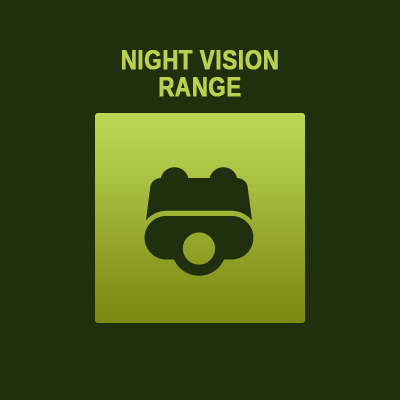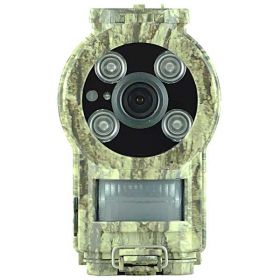We use cookies to make your experience better. To comply with the new e-Privacy directive, we need to ask for your consent to set the cookies. Learn more.

While wildlife can be seen in the daylight, many animals tend to be much more active after dark. For that reason, choosing a trail camera with good night vision capabilities is definitely advisable if you don't want to miss out on any opportunities to capture creatures as they go about their intriguing, secretive lives.
One of the most important things to consider when looking at the night vision capabilities of a trail camera is the range. This will determine how far the camera can ‘see’ after the sun has set. The greater the range, the more chance you will have of snapping subjects at a distance, which is important if they are particularly reclusive or sensitive.
Night vision range is determined, in part, by the brightness of the infrared LED array included with most modern trail cameras. Brighter arrays will illuminate more of the world around the camera which, in turn, will deliver better results when you review your snaps later.
The quality of the camera trap’s image sensor is also relevant in this case, as a higher quality component will be able to make more of the light which is available to it. This means a delicate balance needs to be struck to deliver the best night vision performance.
Rather than having to painstakingly compare all of the specifications of the camera traps we stock to find the models with the best night vision range, we have curated a set of optimal examples that should satisfy your need for after-dark animal photography...

